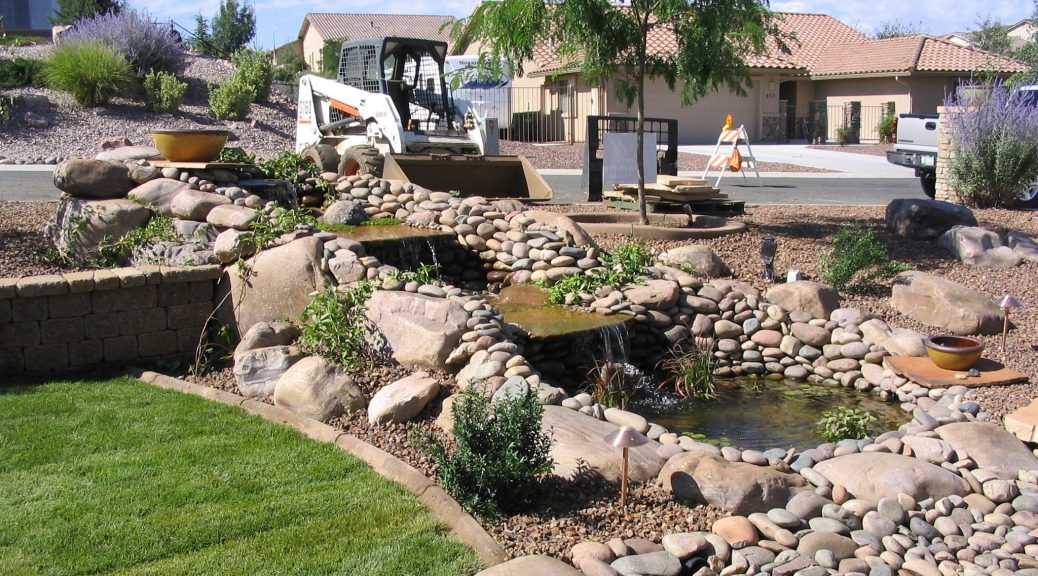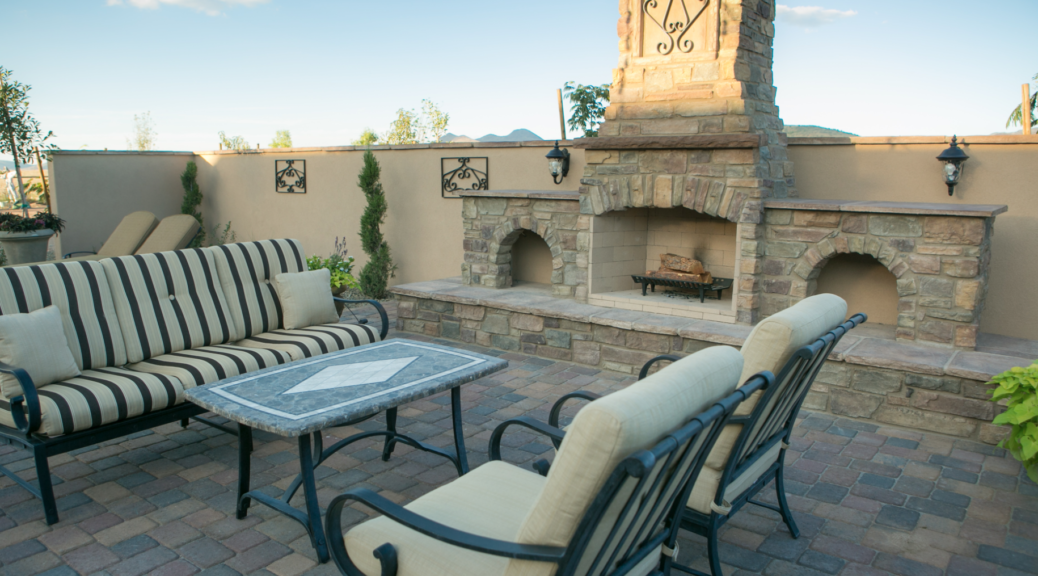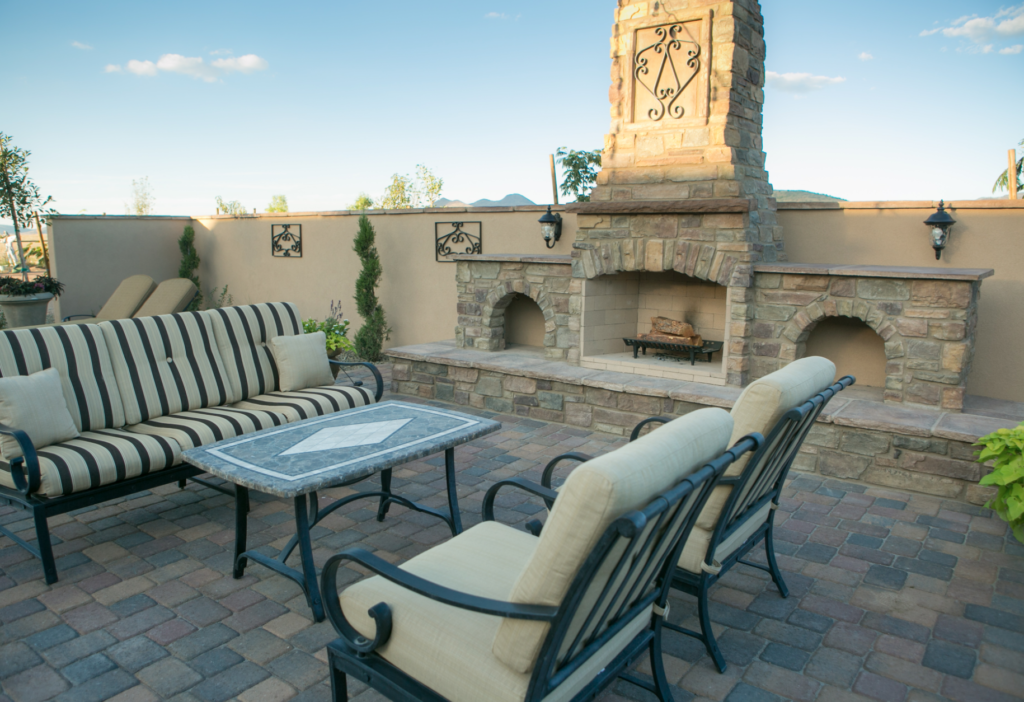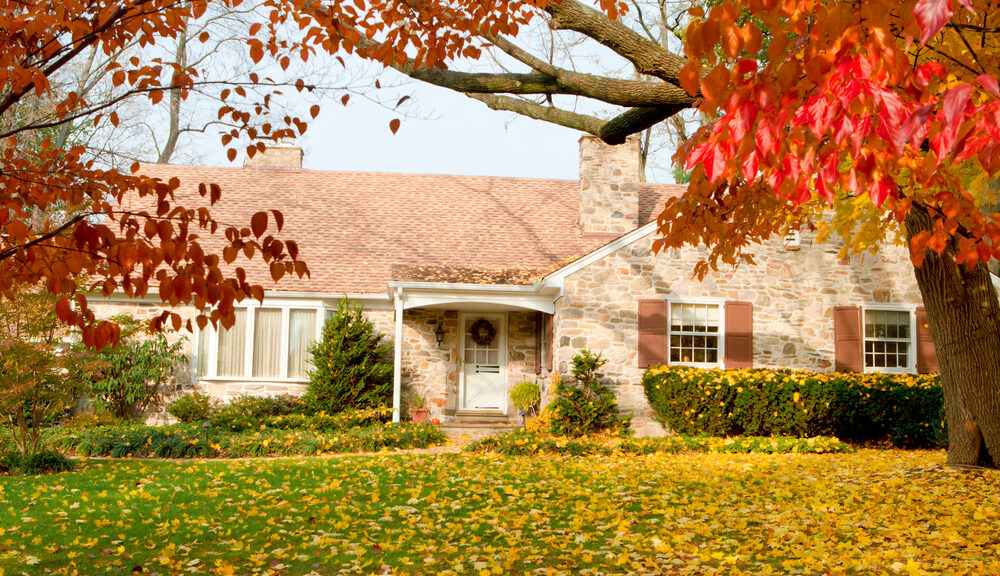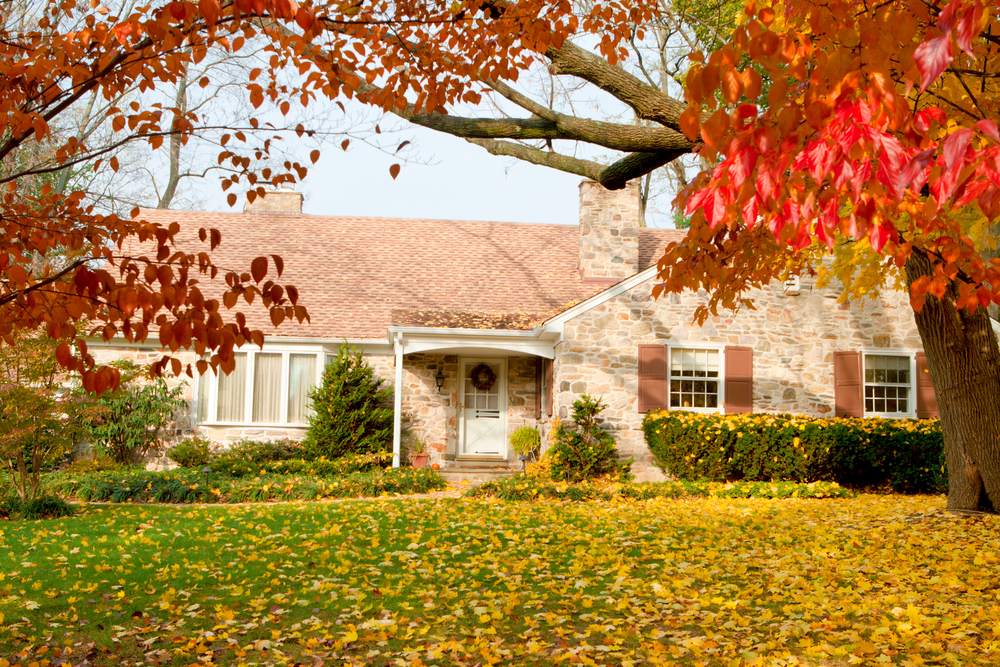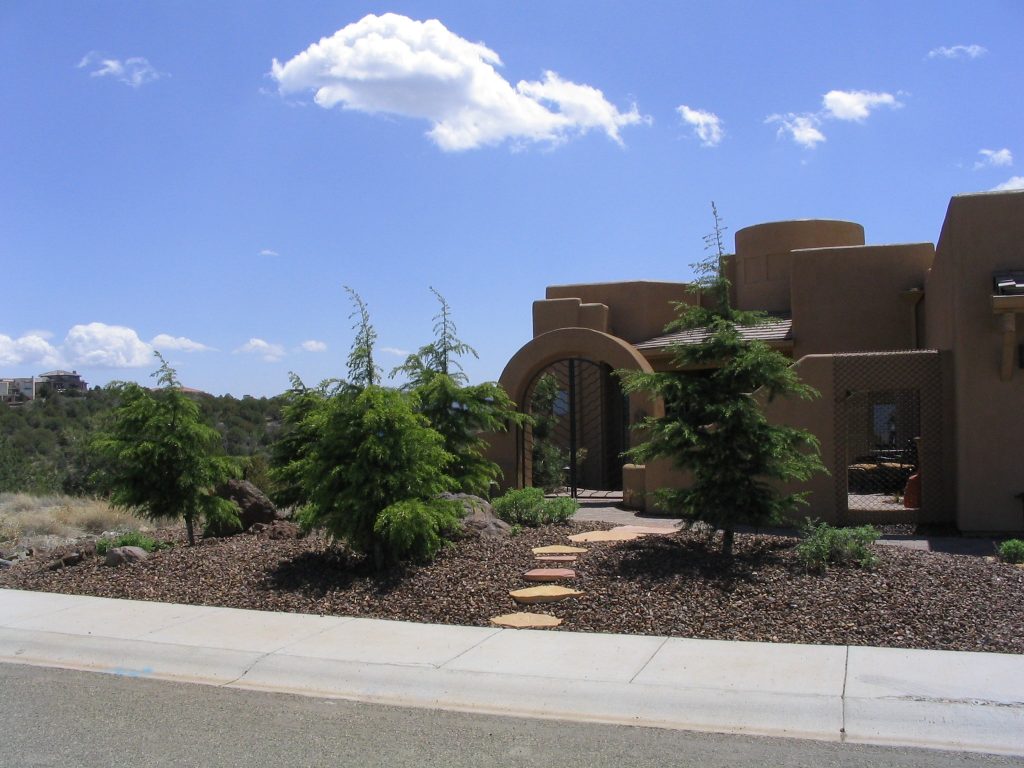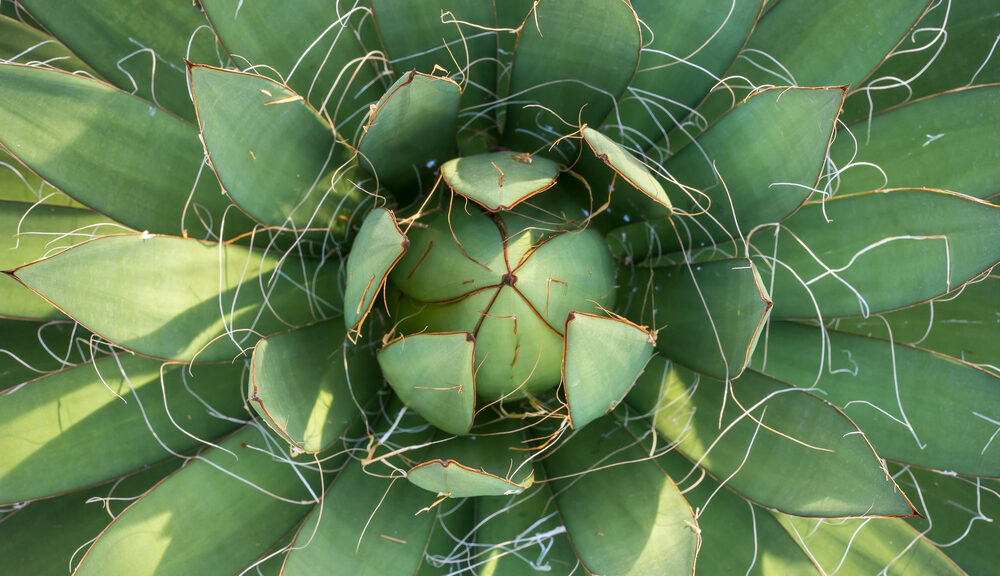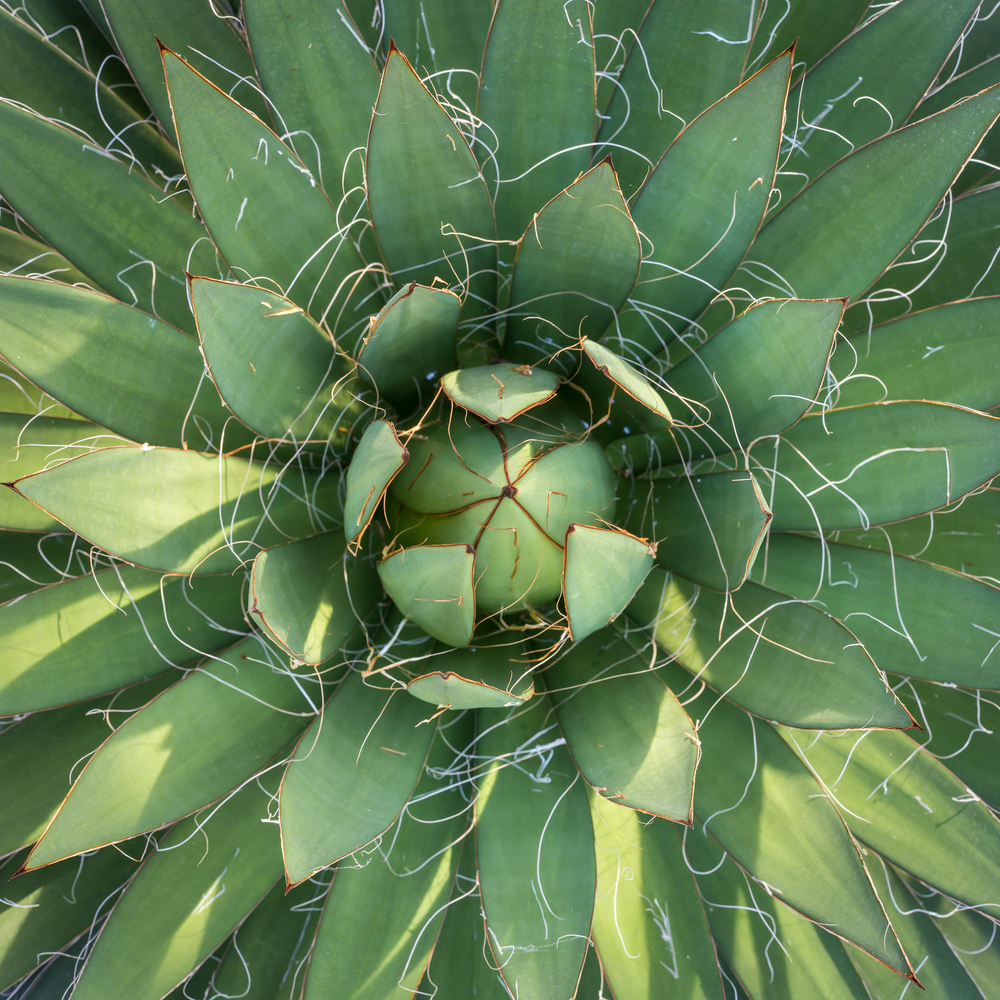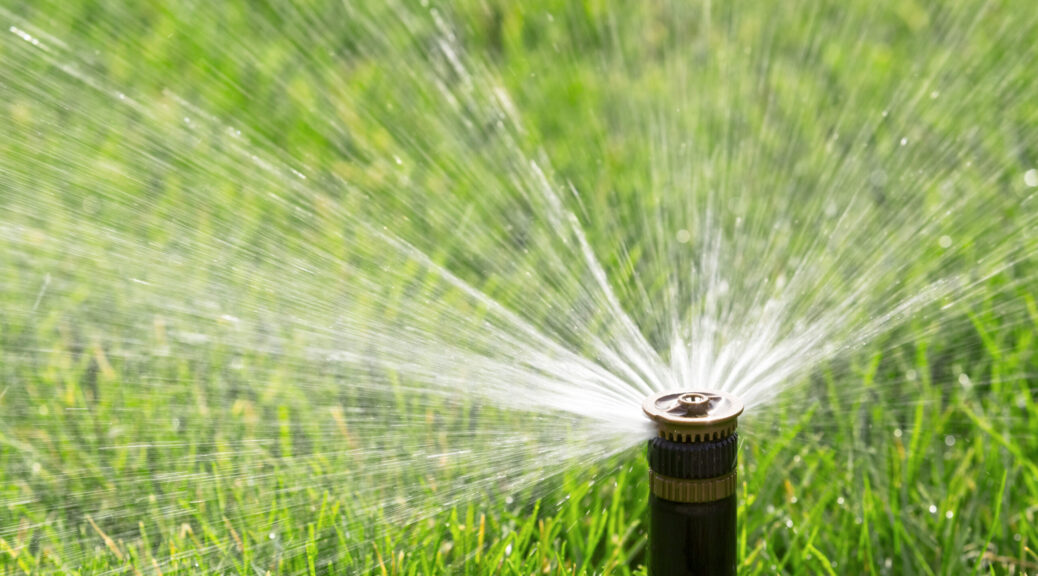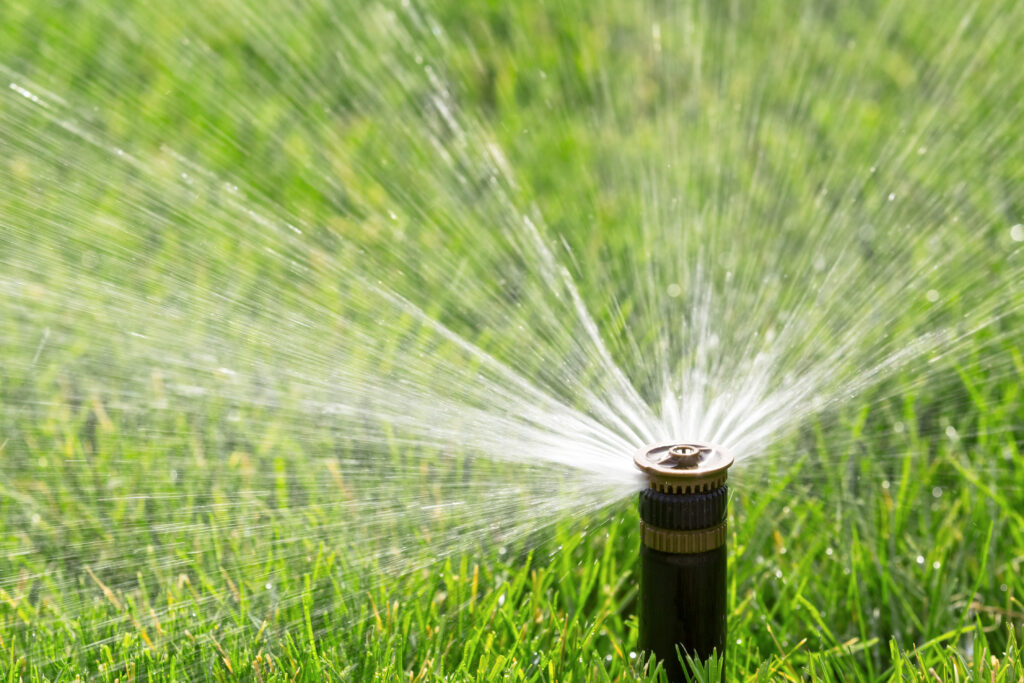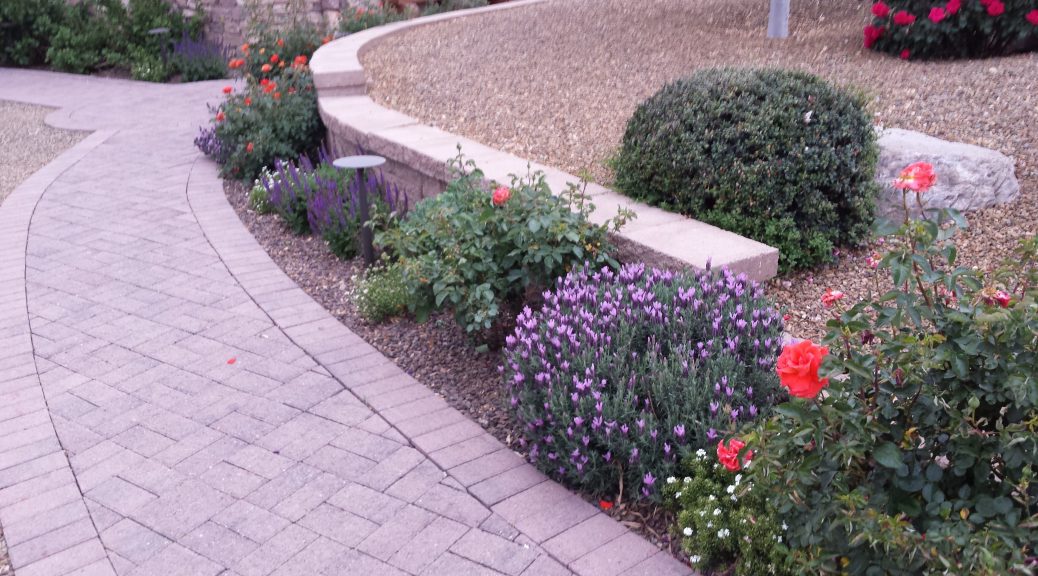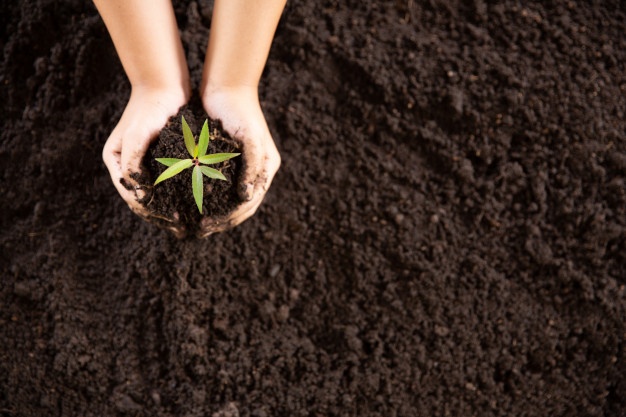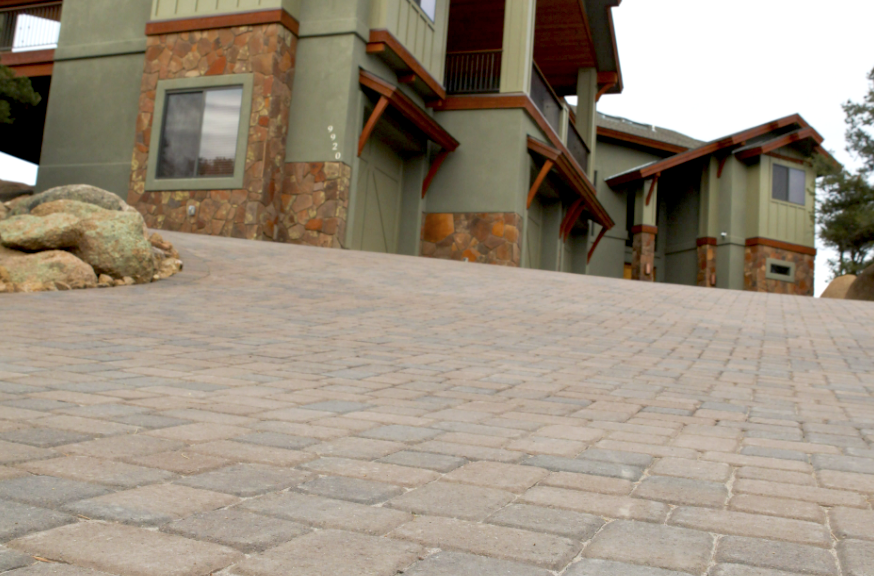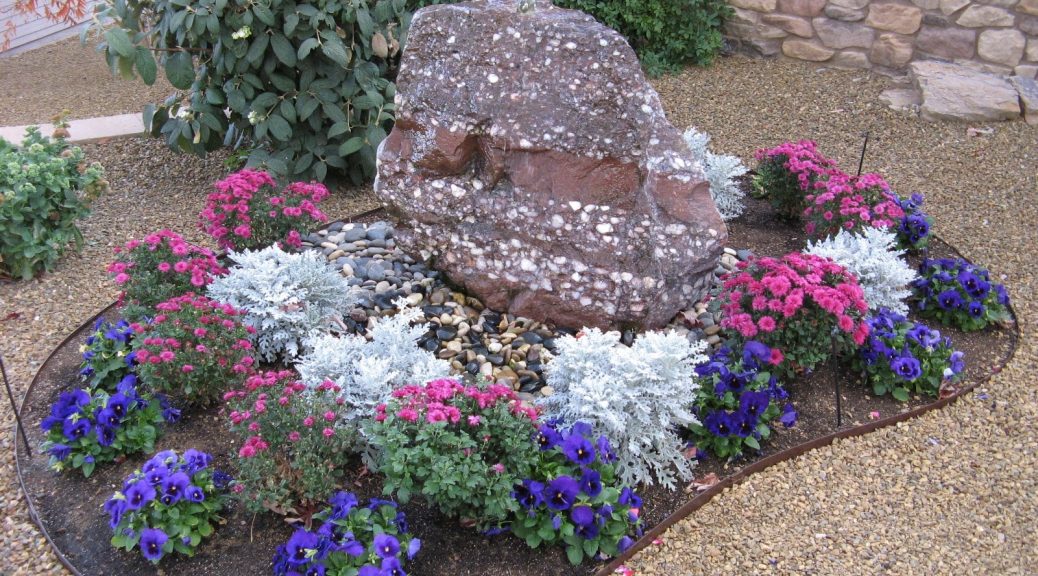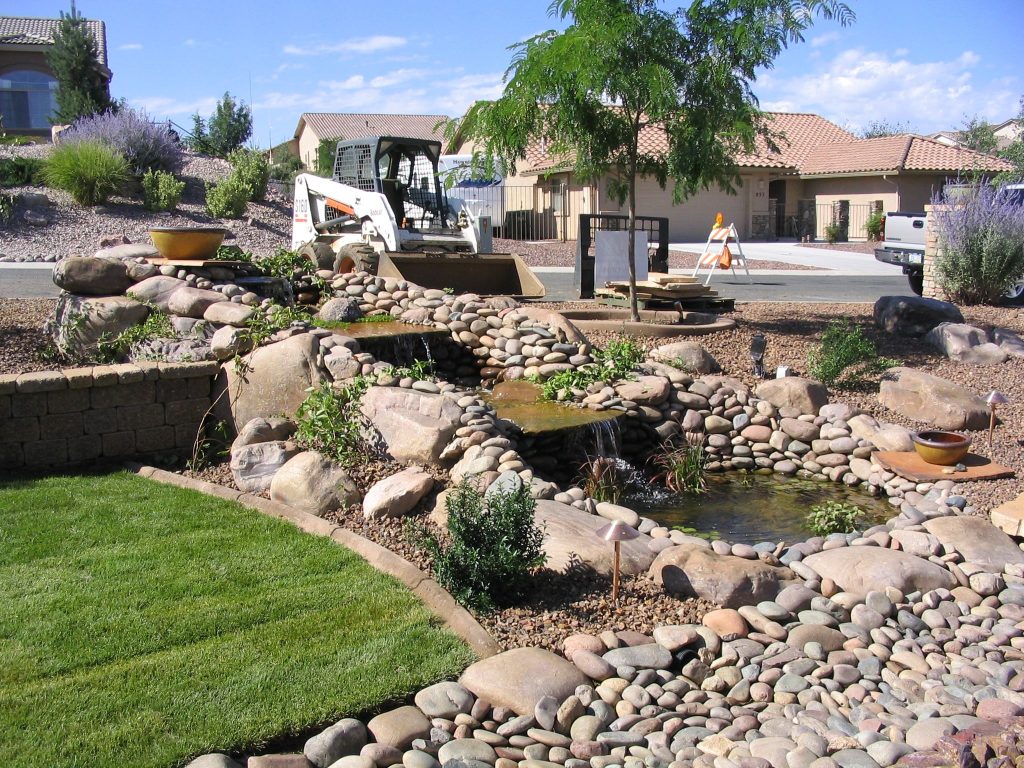
Your outdoor space is a canvas, and like any work of art, it requires balance and harmony. In the world of landscaping, achieving this equilibrium means finding the perfect balance between hardscape and softscape elements.
Hardscape refers to the non-living elements of your landscape, such as patios, pathways, walls, and any man-made structures. Softscape, on the other hand, encompasses the living elements, including plants, trees, flowers, and grass.
So, why is it so crucial to strike the right balance between these two? Let’s delve into the reasons why finding harmony between hardscape and softscape elements is essential for creating a stunning and functional outdoor space.
1. Aesthetics and Visual Appeal:
The right balance between hardscape and softscape can create a visually pleasing landscape. Softscape elements provide color, texture, and movement, while hardscape elements offer structure and form. Together, they enhance the overall aesthetics of your outdoor space.
2. Functionality and Accessibility:
Hardscape elements like paths, walkways, and patios improve the usability and accessibility of your outdoor area. They define spaces, making it easier to navigate and enjoy various outdoor activities.
3. Environmental Benefits:
Softscape elements, particularly trees and shrubs, contribute to a healthier environment by improving air quality, providing shade, and supporting local wildlife. Balancing these with hardscape features helps maintain ecological equilibrium.
4. Maintenance and Sustainability:
Softscape elements require ongoing care and maintenance, while hardscape features are typically low-maintenance. Striking the right balance can reduce overall maintenance needs, making your landscape more sustainable.
5. Personalization and Creativity:
Finding the perfect balance allows you to personalize your landscape according to your preferences and needs. You can create cozy outdoor living spaces, tranquil gardens, or functional entertainment areas, depending on your vision.
6. Long-Term Value:
A harmonious blend of hardscape and softscape elements can enhance the long-term value of your property. It boosts curb appeal and makes your home more attractive to potential buyers.
In conclusion, the art of landscaping lies in finding the equilibrium between hardscape and softscape elements. By carefully planning and balancing these components, you can create an outdoor space that is not only visually appealing but also functional, sustainable, and a true reflection of your unique style.
Contact us at 928-636-160 to learn more.




